Bali has become synonymous with influencer hotspots, trendy beach clubs, and photogenic cafés designed more for social media than actual enjoyment. Yet the Island of the Gods holds profound cultural treasures and natural wonders that exist far from the clamor of Seminyak and the crowded streets of Canggu.
Behind the curated façade lies an island of ancient traditions, working artisans, and spiritual practices that have sustained Balinese culture for centuries despite waves of foreign influence. Here is a list of 15 authentic Balinese experiences worth seeking out when you’re ready to discover the island beyond its Instagram-famous locations.
Sidemen Valley
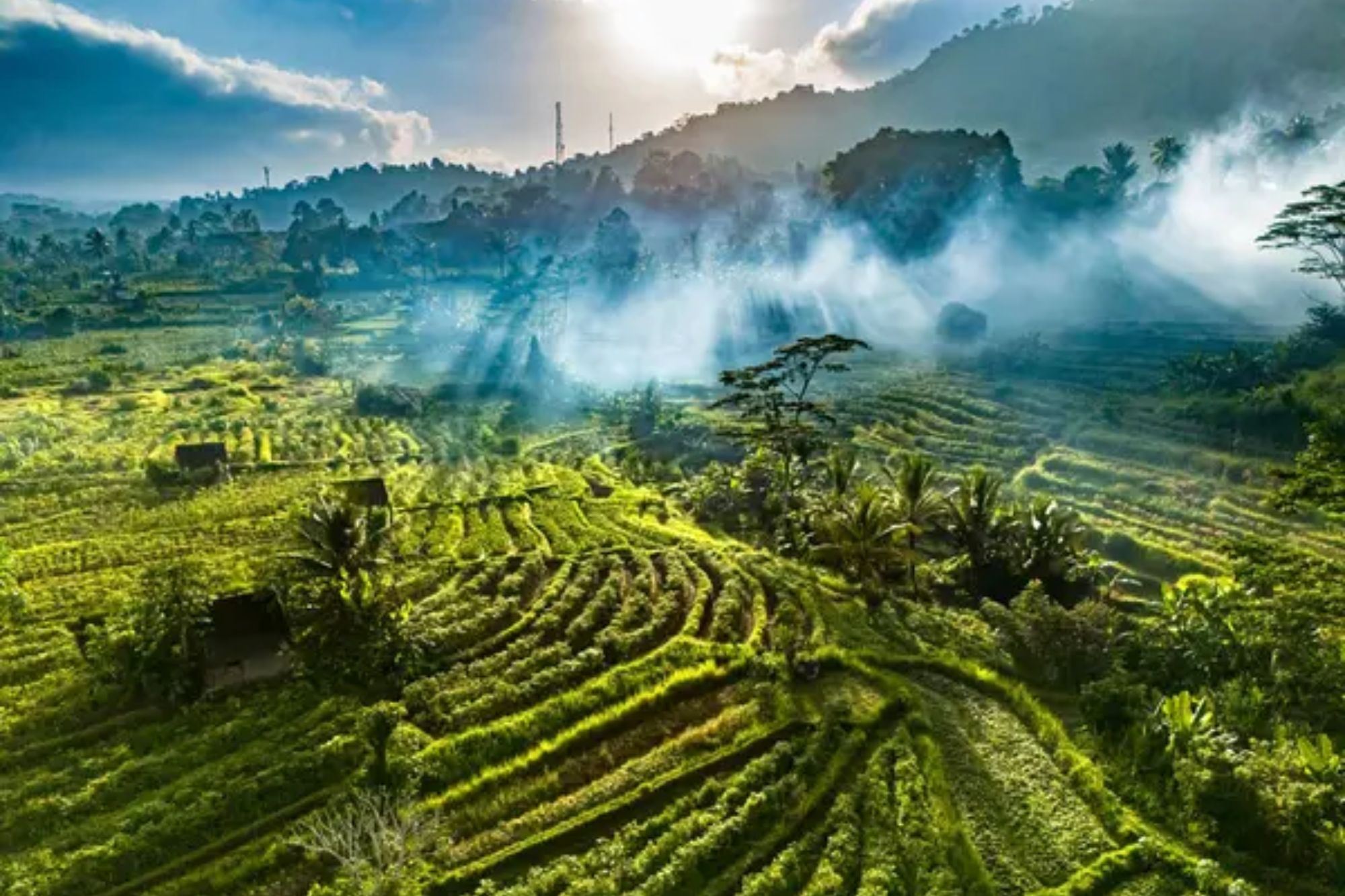
Nestled between Mount Agung and rolling hills lies a verdant agricultural region where daily life continues much as it has for generations. Farmers tend emerald rice terraces using traditional methods while village craftspeople weave songket fabric with threads of real silver and gold.
The valley offers accommodations in small family compounds where guests participate in genuine Balinese daily life rather than manufactured cultural performances.
Tenganan Village
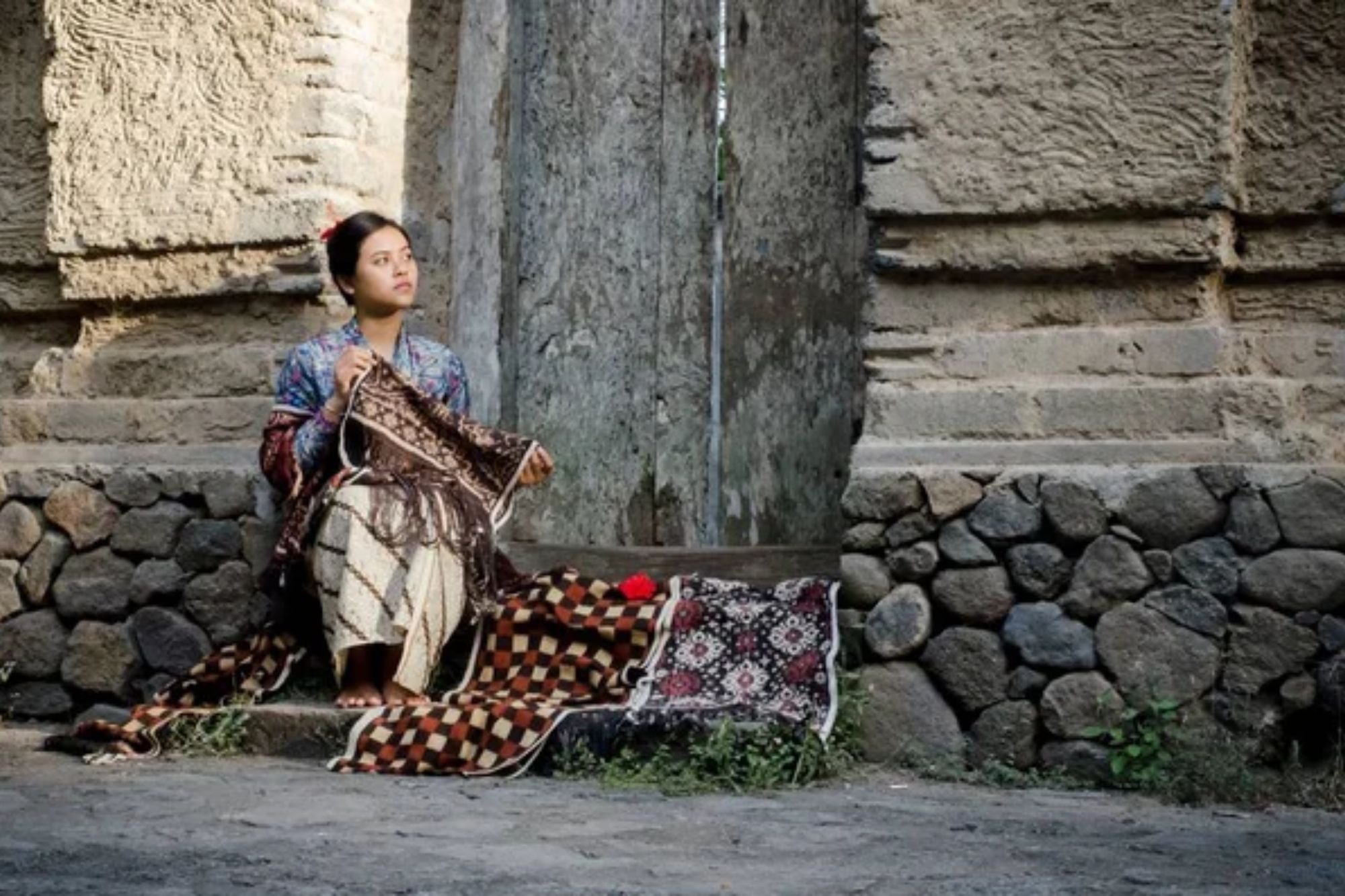
One of Bali’s oldest settlements preserves pre-Hindu traditions, including the creation of rare double-ikat textiles called geringsing, believed to have protective powers. The village follows a strict spatial organization based on ancient cosmological principles that determine everything from building placement to cemetery arrangements.
Tenganan’s annual Mekare-kare ritual features young men engaging in theatrical battles using thorny pandan leaves as shields and weapons while musicians play sacred instruments.
Tamblingan Lake
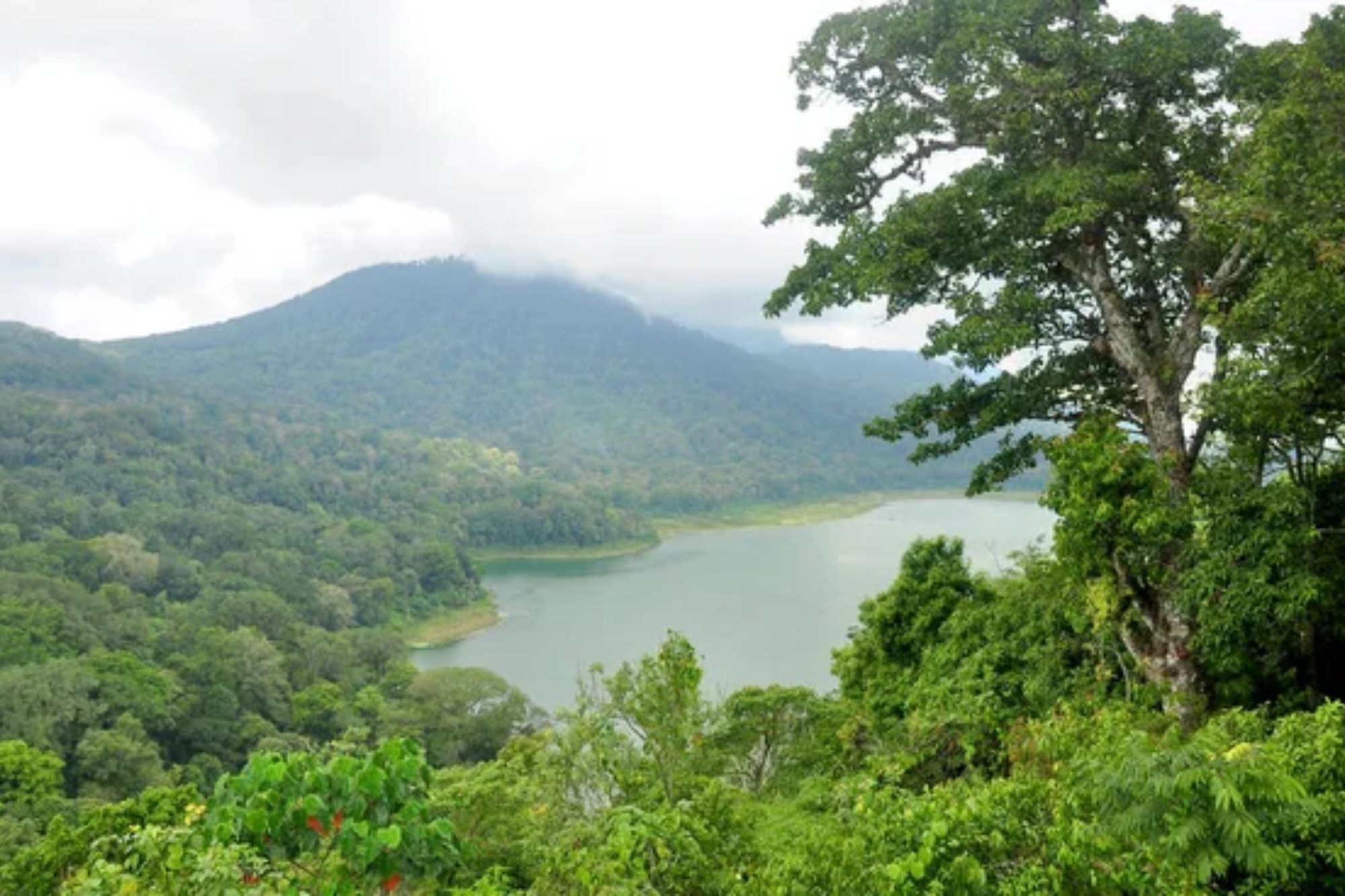
Hidden within mountain forests, this mystical lake houses submerged temples that emerge during dry seasons when water levels drop. Local guides paddle traditional dugout canoes through morning mist that shrouds the shoreline and ancient banyan trees.
The surrounding nature reserve contains some of Bali’s last pristine rainforest, where black monkeys and rare birds inhabit the canopy above mossy stone shrines forgotten by time.
Like Travel Pug’s content? Follow us on MSN.
Campuhan Ridge Walk

This narrow path follows a natural spine between two river valleys near Ubud without souvenir shops or entrance fees. Early mornings bring local joggers and farmers heading to fields, while afternoon light bathes distant ridges in golden hues.
The walk connects traditional villages through landscapes that inspired foreign artists who established Ubud’s creative community in the 1930s before mass tourism transformed the area.
Jatiluwih Rice Terraces

UNESCO-protected agricultural terraces demonstrate the ancient Subak irrigation system that balances water distribution through social cooperation and spiritual practices. These massive sculpted landscapes extend across entire mountainsides, creating a living testament to Balinese agricultural ingenuity.
Small warung restaurants perched on terrace edges serve local dishes made from ingredients harvested from surrounding fields.
Bali Aga Villages
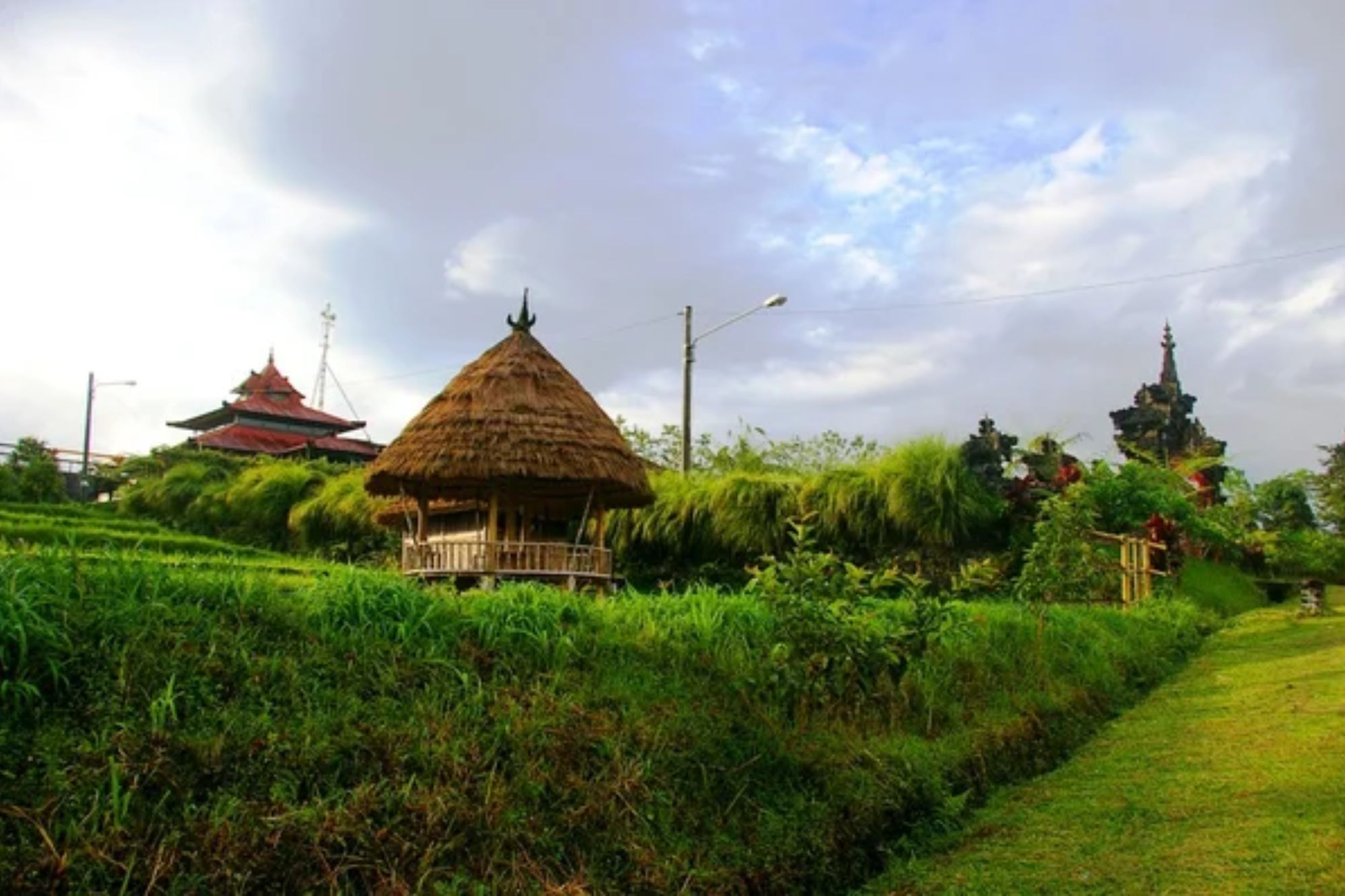
Northern mountain communities maintain distinct cultural practices that predate the Hindu-Javanese influence dominating most of Balinese culture. Villages like Trunyan practice unique funeral customs where bodies rest in bamboo cages under a sacred tree whose scent mysteriously neutralizes decomposition odors.
These isolated settlements preserve architectural styles and social structures largely unchanged since the island’s prehistoric period.
Like Travel Pug’s content? Follow us on MSN.
Gunung Kawi Temple
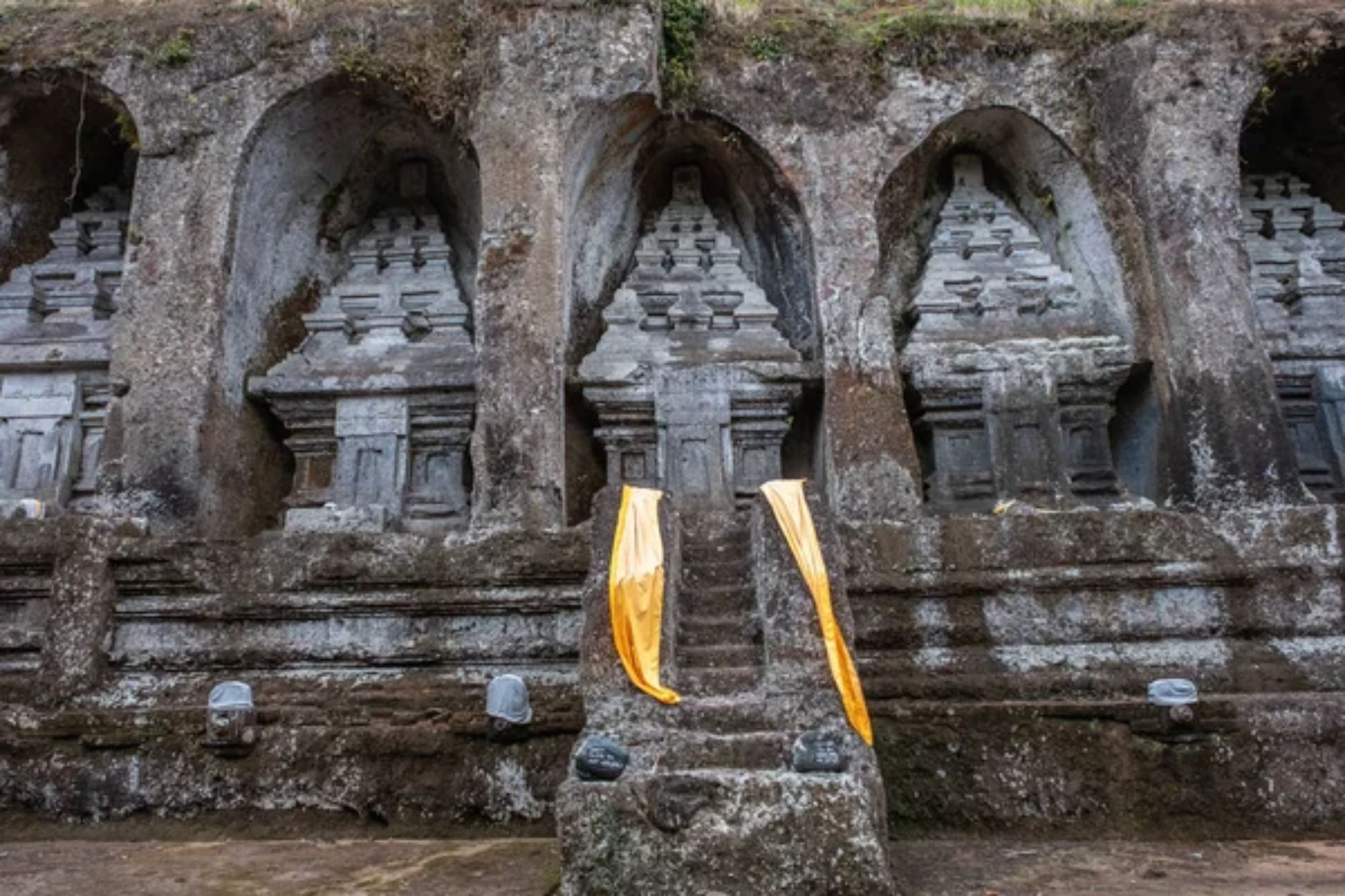
Massive royal tombs carved into riverside cliffs create an archaeological wonder surrounded by working rice fields rather than souvenir stalls. Ancient stone stairways descend through terraced fields to this 11th-century site where massive shrines honor a Balinese king and his queens.
Local farmers maintain water temples that distribute irrigation water through canals flowing directly through the ancient monument.
Bangli Night Market
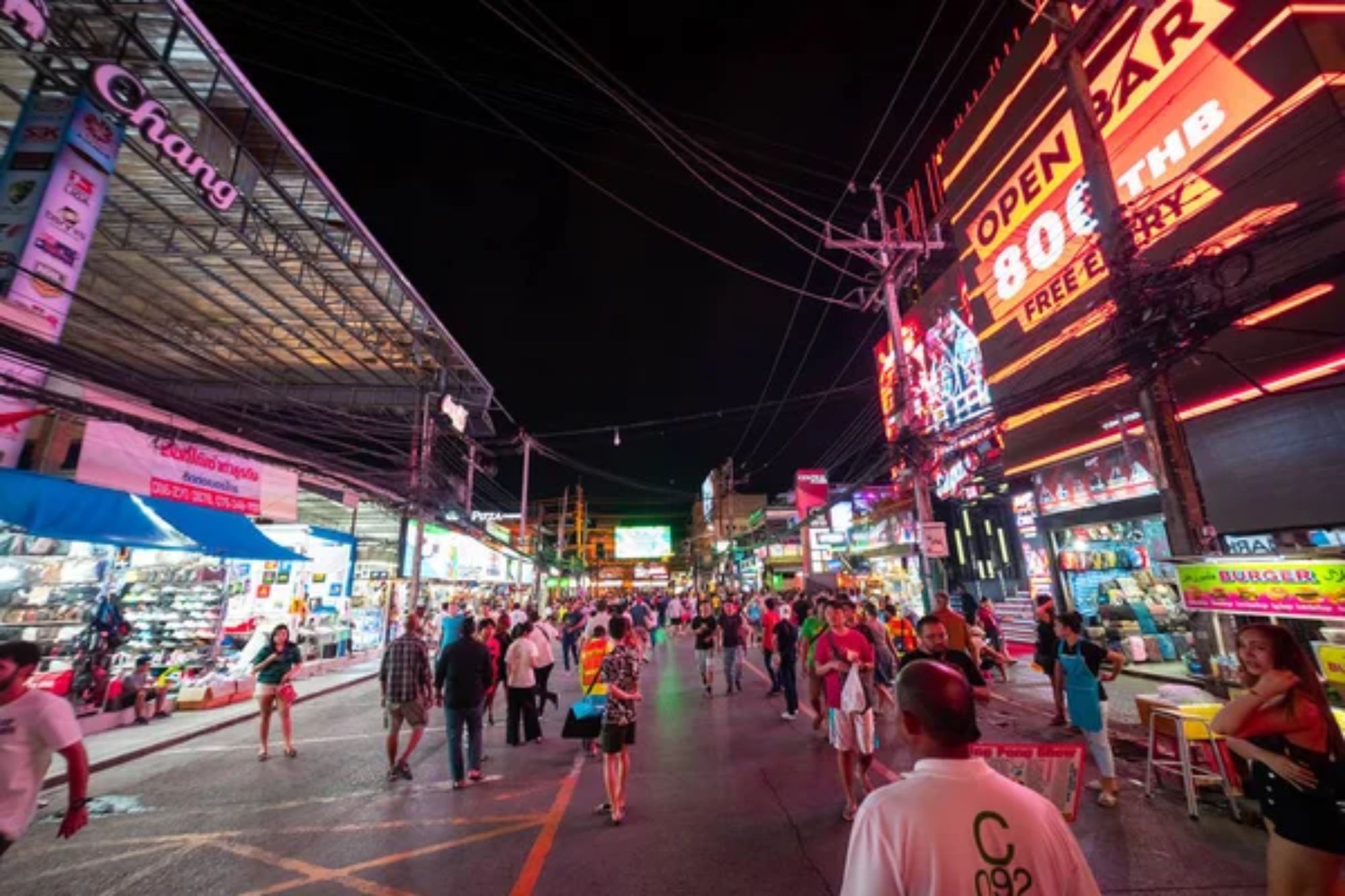
Unlike tourist markets selling identical souvenirs, this authentic night market serves local communities with regional specialties and everyday goods. Families gather around food stalls serving babi guling (suckling pig) and traditional cakes, while vendors sell everything from ceremonial offerings to household tools.
The market provides genuine cultural immersion without performative elements staged for foreign visitors.
Munduk Waterfall Trek
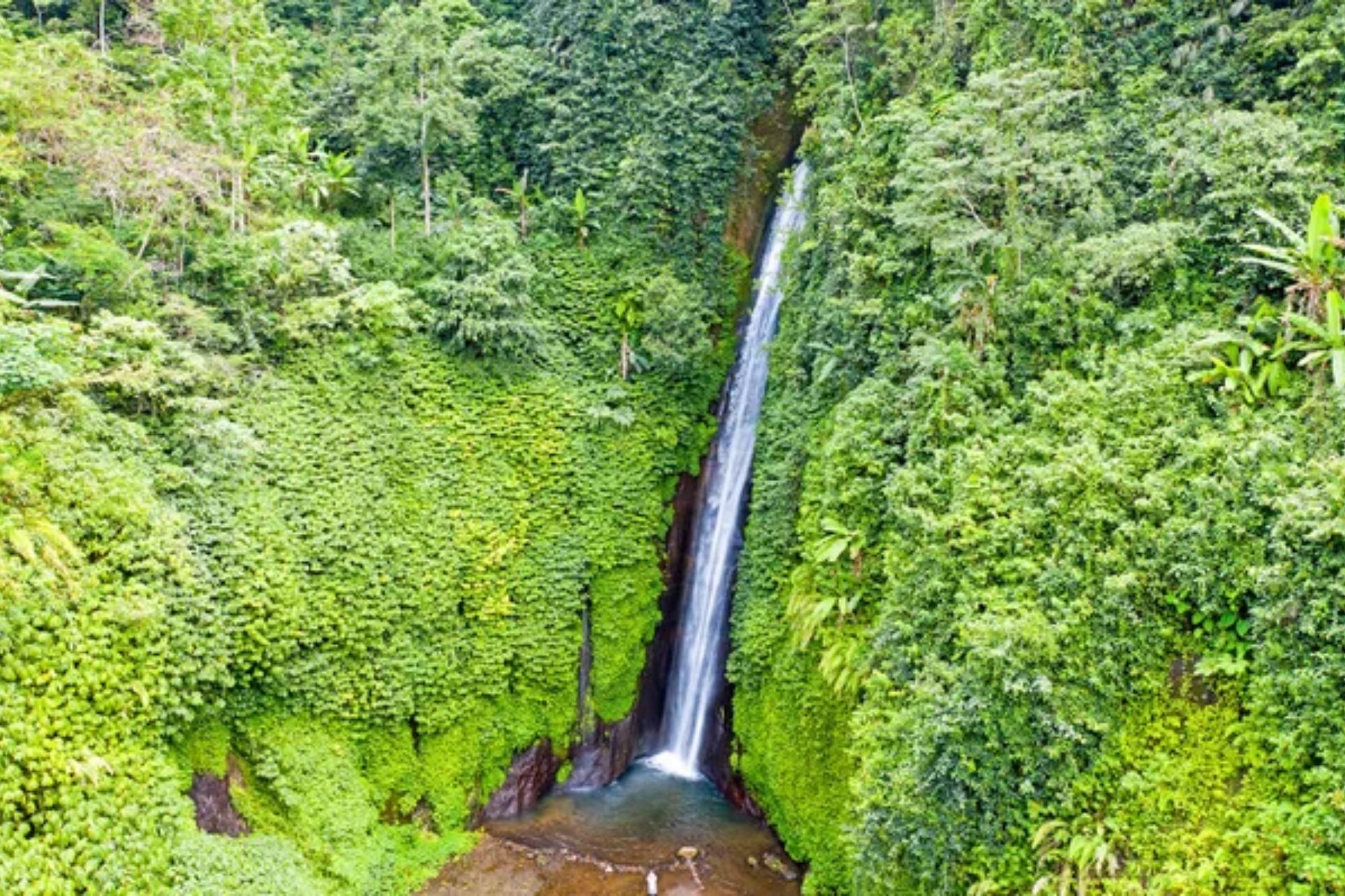
Northern mountain trails connect multiple waterfalls through coffee plantations, clove groves, and nutmeg forests where spice harvesters work on precarious ladders. Trails follow colonial-era Dutch paths between vanilla plantations and small villages where traditional production methods create some of Indonesia’s finest spices.
The region’s cooler climate and mist-shrouded forests create a Bali entirely different from coastal resort areas.
Like Travel Pug’s content? Follow us on MSN.
Ulun Danu Beratan Temple
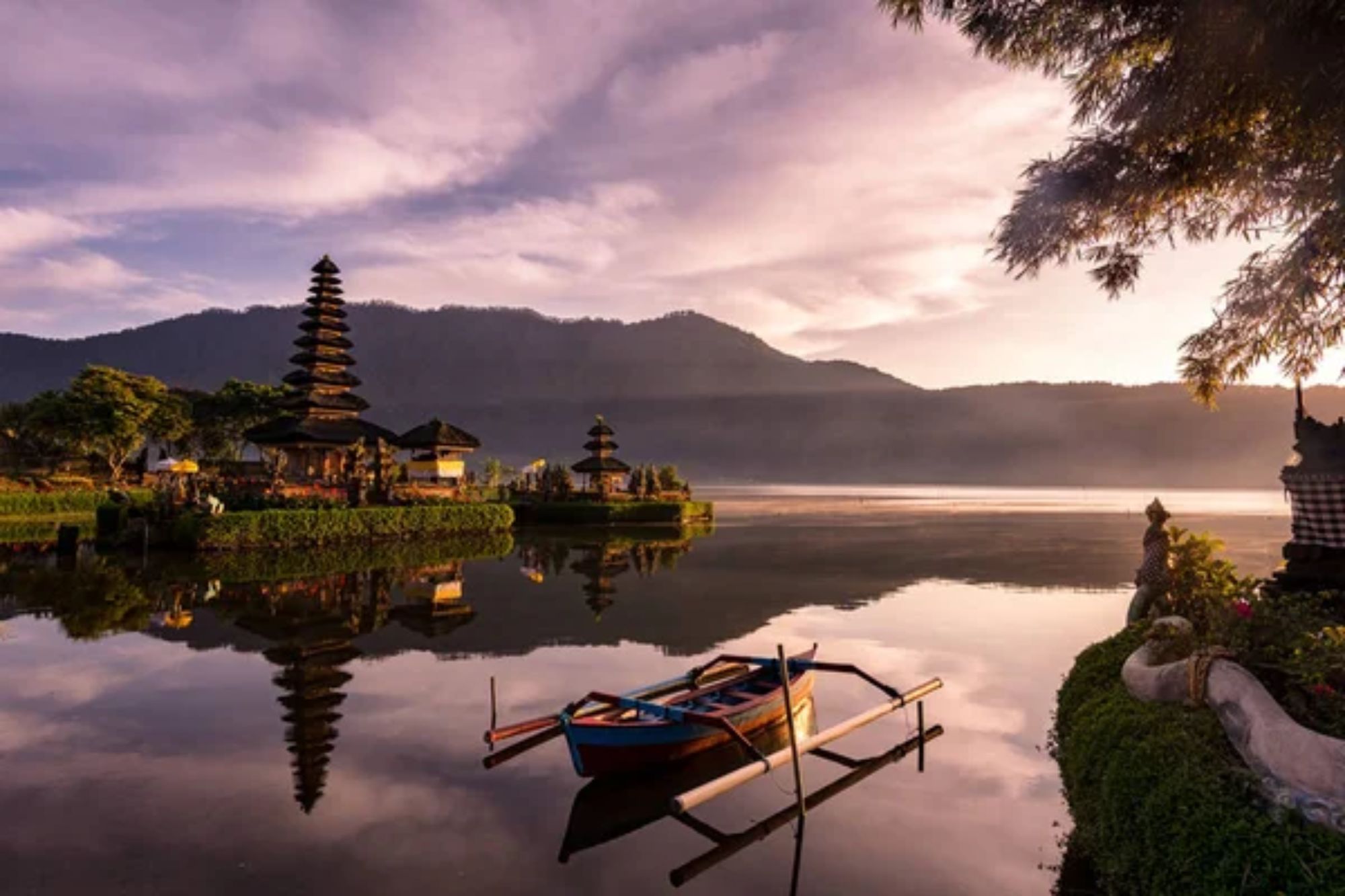
While appearing on Indonesian currency and attracting visitors, early mornings find this lakeside temple hosting genuine ceremonies rather than tourist performances. Local worshippers arrive with elaborate offerings to honor the water goddess who ensures fertility for surrounding farmlands.
The temple complex includes shrines representing Bali’s religious syncretism, where Hindu, Buddhist, and indigenous elements blend into unique expressions of island spirituality.
Sekumpul Waterfall
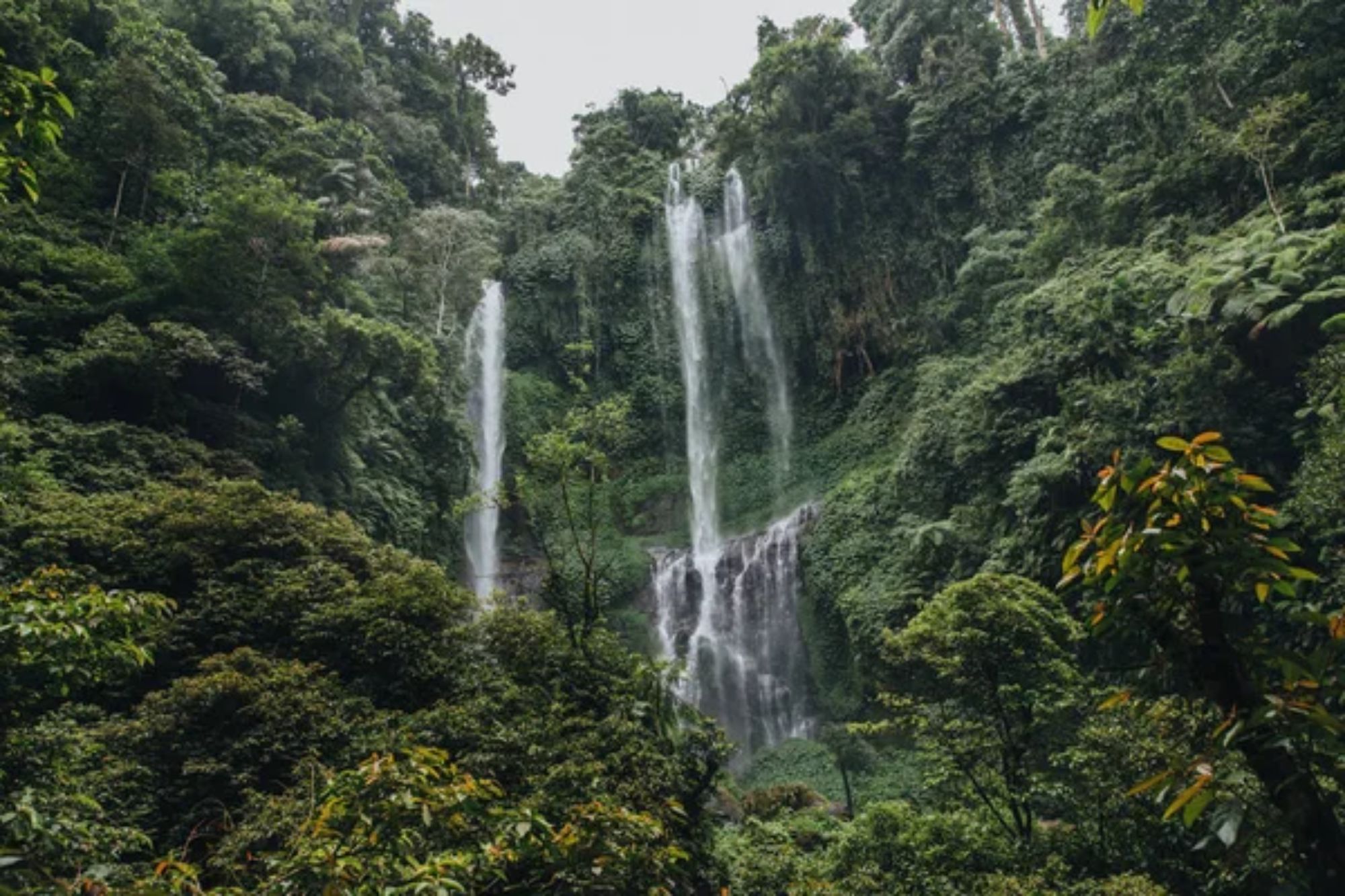
A challenging descent through small farms and jungle paths leads to Bali’s most spectacular waterfall complex, far from developed tourist areas. Multiple cascades plunge over 250 feet from jungle-covered cliffs into pools surrounded by massive boulders and tropical vegetation.
Local farmers supplement their income by guiding visitors through terrain too challenging for casual tourists, explaining traditional agriculture practiced on the surrounding slopes.
Nusa Penida Island

Despite growing popularity, large portions of this island southeast of Bali mainland remain undeveloped with dramatic landscapes and traditional villages. Local communities maintain seaweed farms along rocky coastlines, while inland villages celebrate rituals connecting human communities to the spirit world.
The island serves as a sanctuary for Barong Landung, enormous ritual figures representing the spiritual balance between opposing forces in Balinese cosmology.
Like Travel Pug’s content? Follow us on MSN.
Bali Botanical Garden
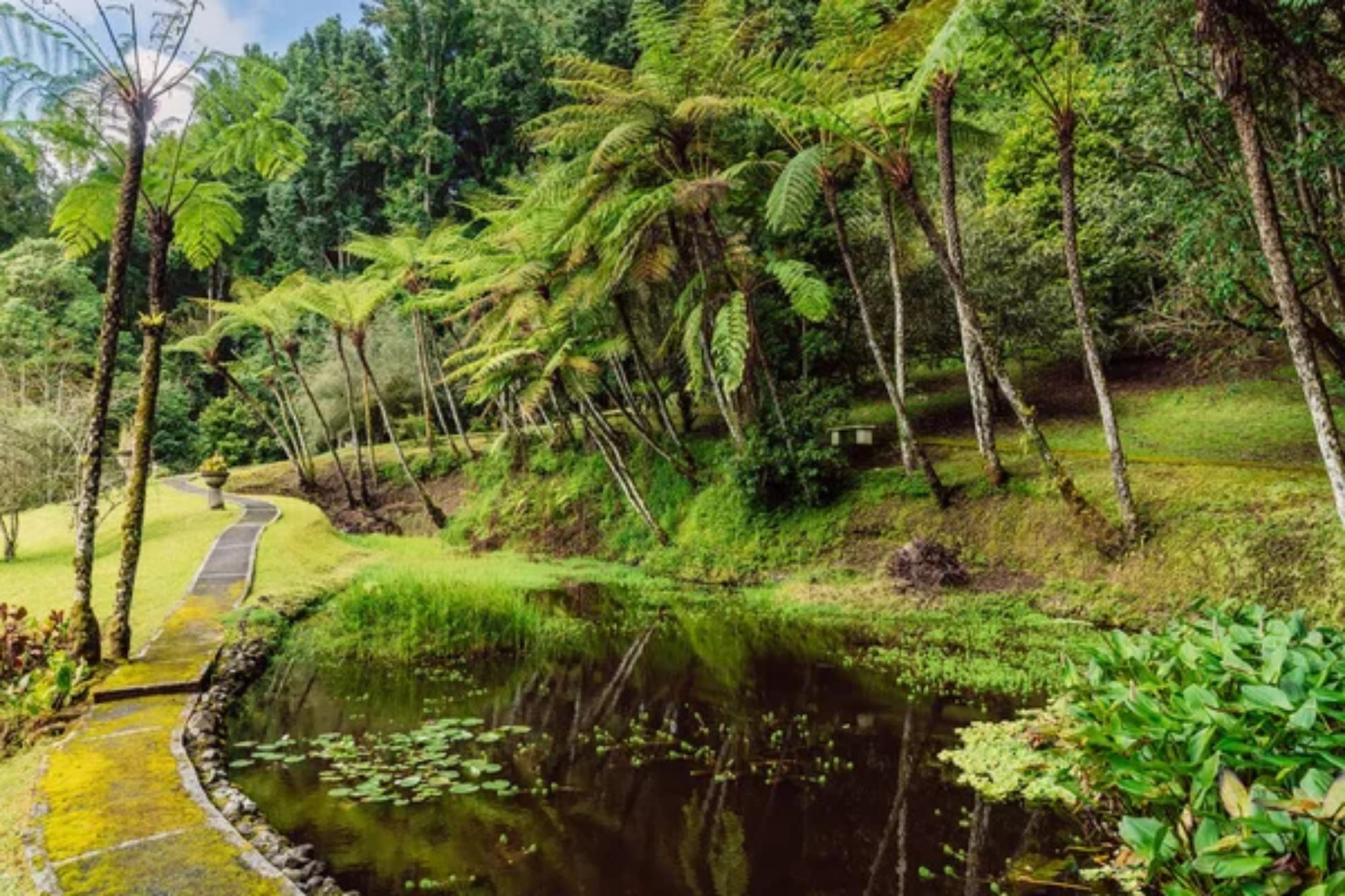
High in the central mountains, Indonesia’s largest botanical garden preserves plant species from across the archipelago, including rare orchids and medicinal plants used in traditional healing. Treetop walkways and hidden meditation pavilions provide tranquil alternatives to crowded coastal attractions.
The garden connects to natural forest where endemic birds and butterflies inhabit environments increasingly threatened by development elsewhere on the island.
Klungkung Royal Court
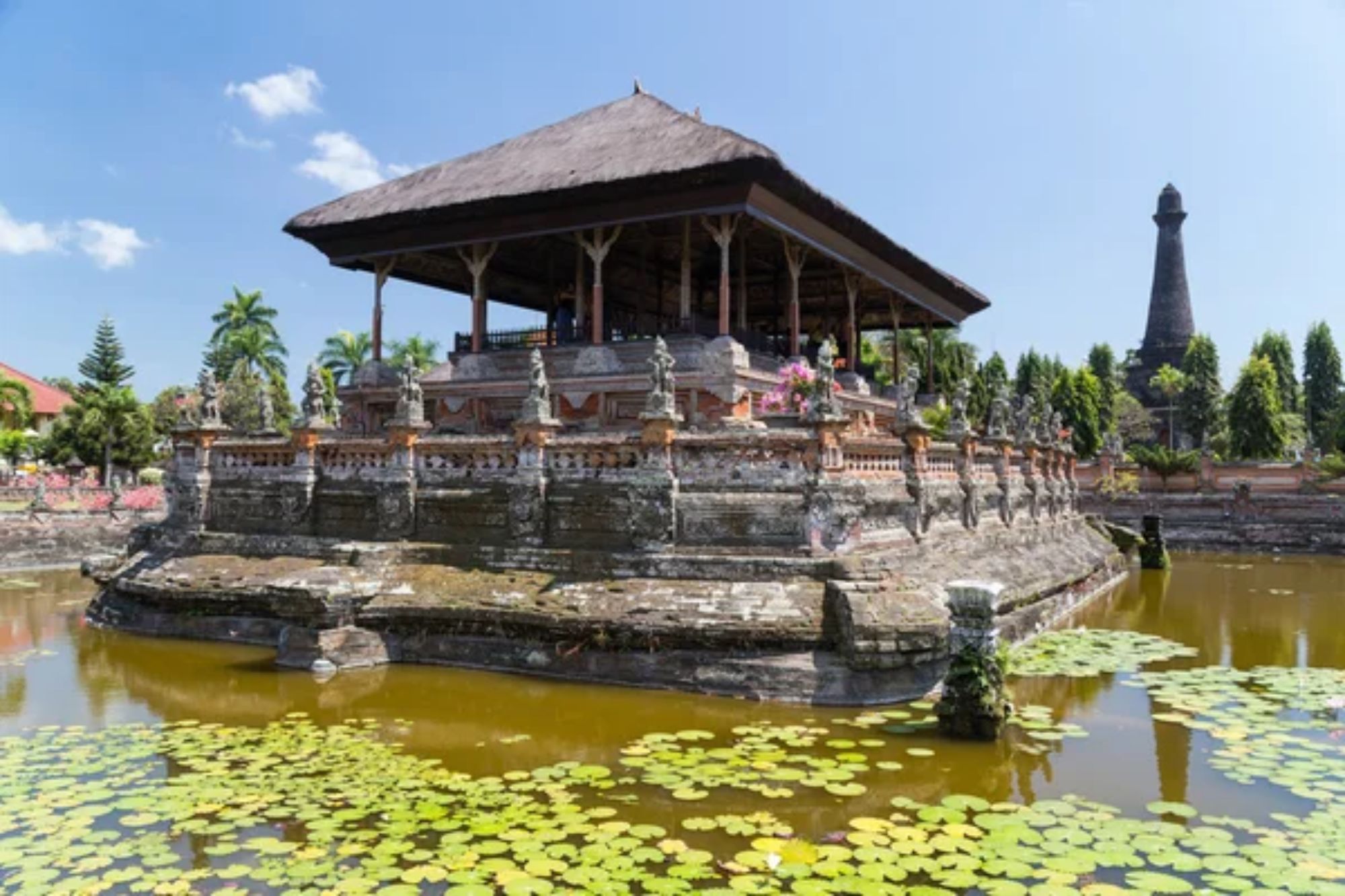
The former seat of Bali’s most powerful kingdom preserves remarkable ceiling paintings depicting karmic justice and spiritual rewards in vivid traditional style. Unlike heavily promoted royal sites, this complex maintains authentic connections to Balinese governance traditions through active ceremonies and community gatherings.
The adjacent museum houses sacred texts written on lontar palm leaves containing ancient wisdom literature still studied by traditional scholars.
Central Mountain Villages
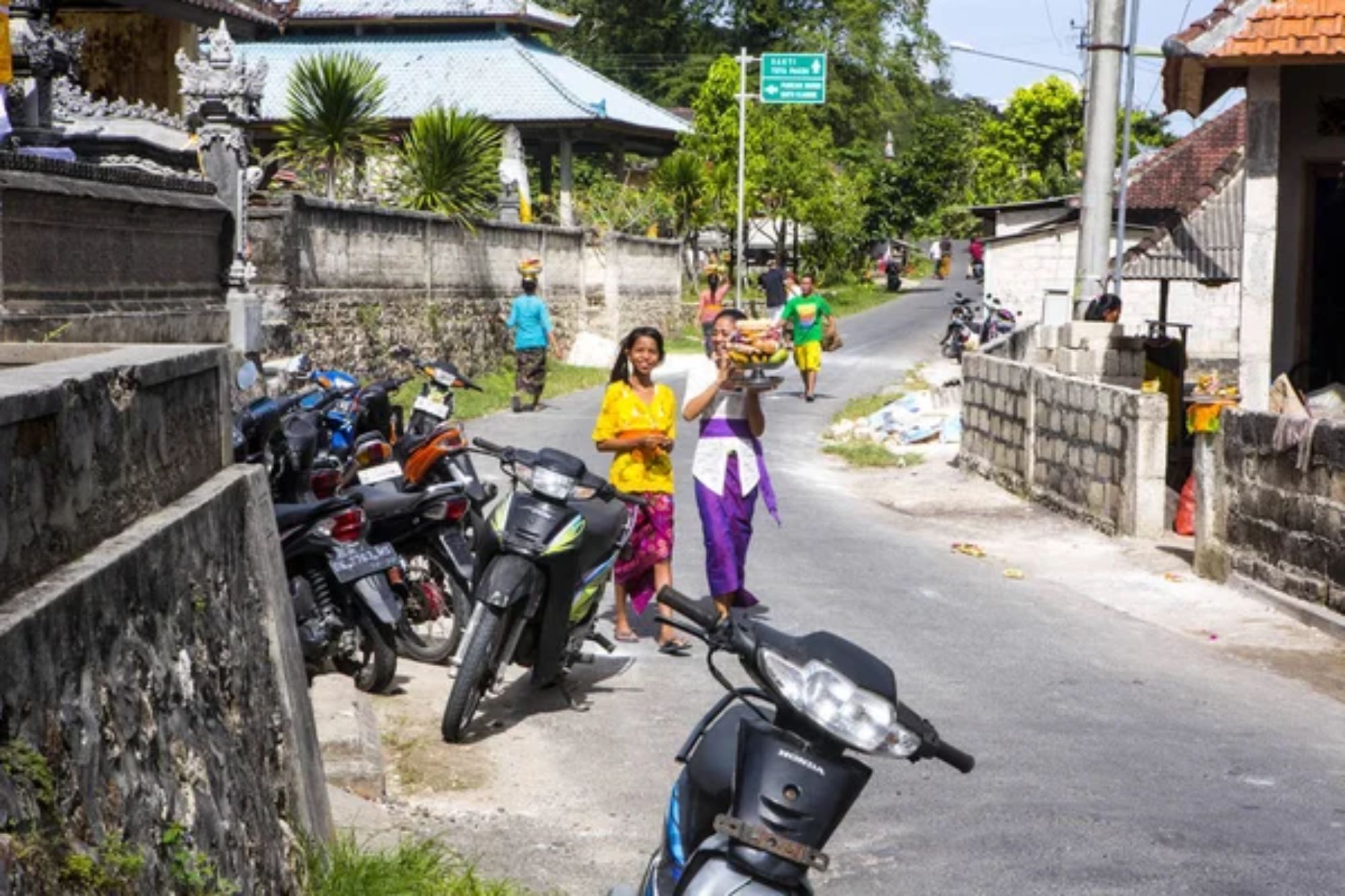
Communities along the crater rim of ancient volcanoes maintain distinctive agricultural traditions, including coffee cultivation and fruit production impossible in lowland areas. Village temples display architectural styles unique to mountain regions, with massive meru towers representing cosmic mountains.
Local markets trade highland products, including distinctive textiles dyed with plant materials gathered from volcanic slopes.
Like Travel Pug’s content? Follow us on MSN.
Bali Beyond the Façade
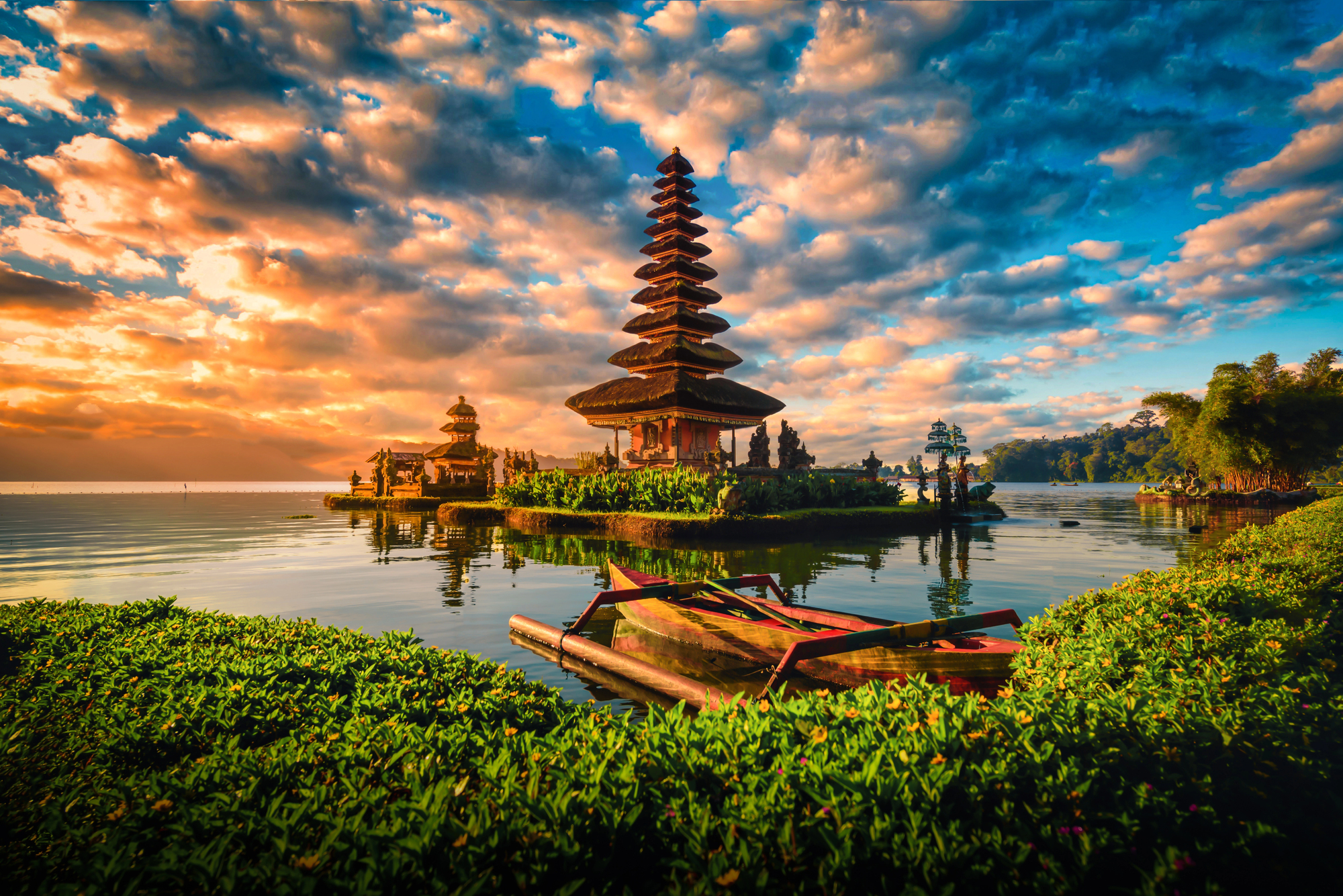
Authentic Bali thrives in communities, maintaining ancient traditions while selectively adapting to modern influences on their own terms. Away from curated experiences designed primarily for foreign consumption, the island reveals profound cultural depth rooted in complex historical layers and spiritual practices.
These less-celebrated destinations offer respectful visitors opportunities to experience Balinese culture as a living tradition rather than a commercial product. The island rewards travelers willing to venture beyond familiar comforts into communities where daily life itself becomes the most meaningful attraction.
More from Travel Pug

- Cities Growing so Fast You Won’t Recognize Them in 10 Years
- 13 Destinations Where Tourists Regularly Regret Their Trip
- 20 Obscure WWII Sites Even History Buffs Don’t Know About
- 10 Under-the-Radar Mountain Towns That Are Both Affordable and Beautiful
- 20 Abandoned Places That Feel Like Real-Life Post-Apocalyptic Movie Sets
Like Travel Pug’s content? Follow us on MSN.
